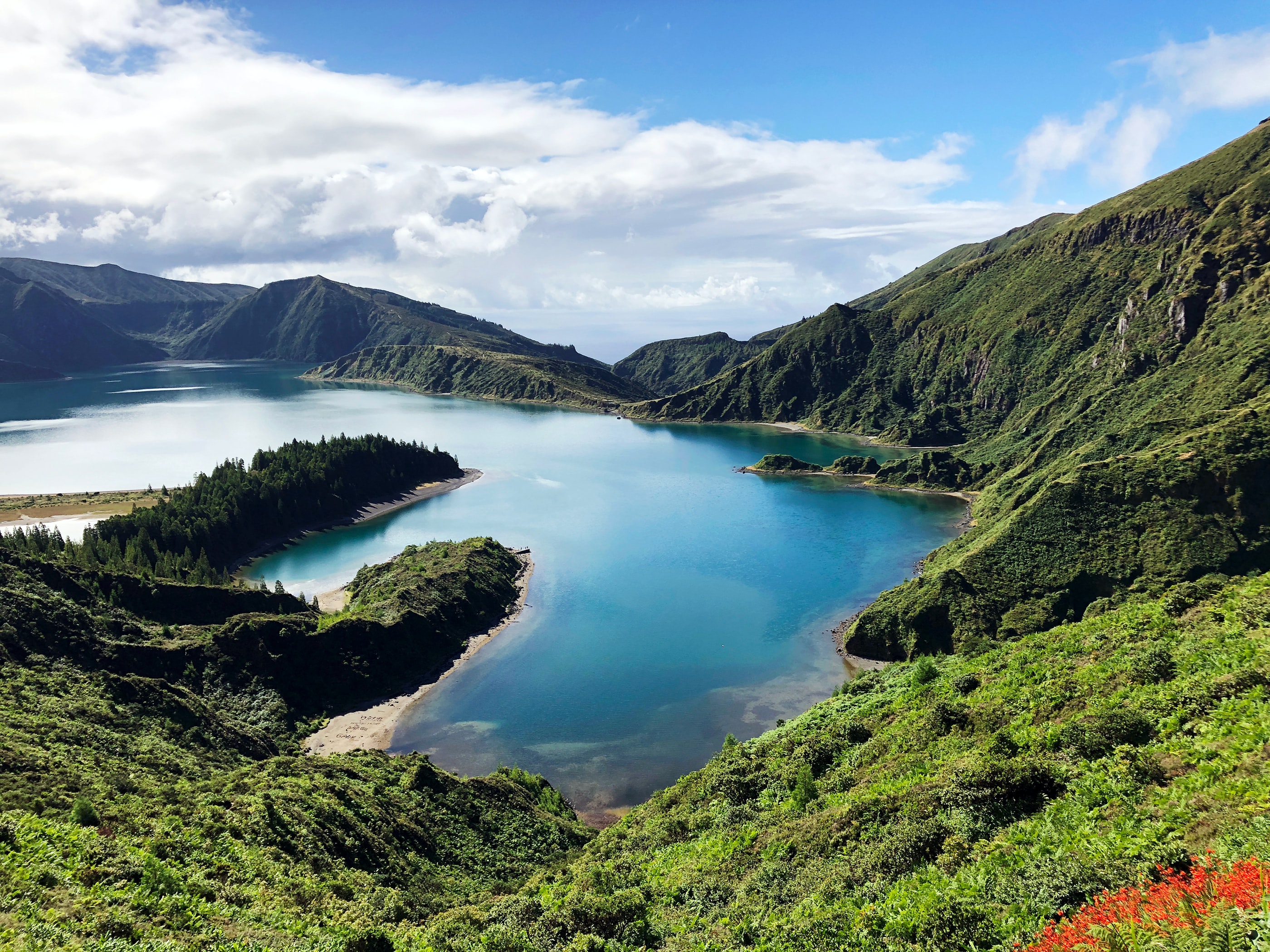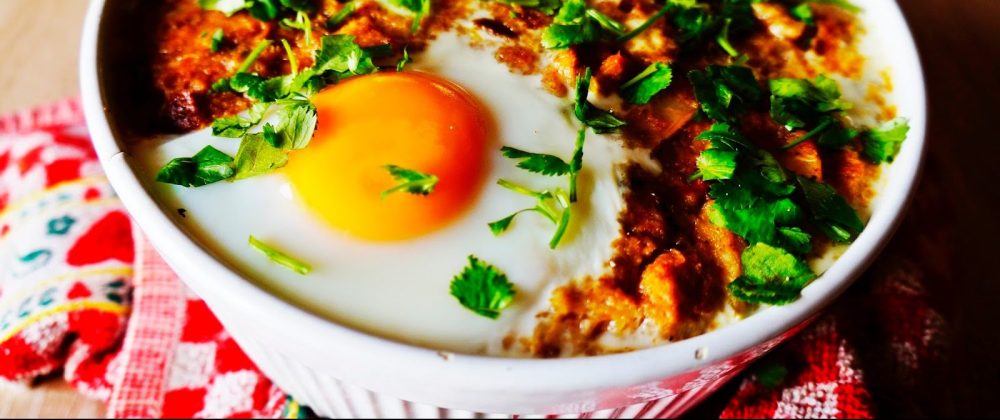Part 3: The Ultimate User’s Guide To Portuguese Cheese
 In my two previous posts, we’ve explored Portugal’s most renown and cherished artisanal cheeses, learning the basic flavor profiles, as well as common Portuguese terms when buying and selecting cheese. (Read Part 1 and Part 2) Now it’s finally time to enjoy our delicious Portuguese cheese with some equally delicious Portuguese wine.
In my two previous posts, we’ve explored Portugal’s most renown and cherished artisanal cheeses, learning the basic flavor profiles, as well as common Portuguese terms when buying and selecting cheese. (Read Part 1 and Part 2) Now it’s finally time to enjoy our delicious Portuguese cheese with some equally delicious Portuguese wine.
For many of us, it’s impossible to pick only one ideal Portuguese cheese and wine pairing, as there are several wonderful and interesting combinations to experience. Consequently, I’ve not only listed a few of my favorite pairings at the end of the article, but have garnered the feedback of several Portuguese natives and wine / food enthusiasts alike. So make sure to read on!
But first, allow me to share some “expert advice” on wine and cheese pairings from a non other than a Portuguese wine and food professional. José Manuel Bento dos Santos is a Portuguese engineer, but is better known as a winemaker and professional gourmand. He is Vice-President of the Academia Internacional de Gastronomia, a Gastronomy Chancellor in the La Chaine des Rotisseurs, member of the Académie des Psycologues du Goat, Chevalier des Entonneurs Rabelaisiennes and Chevalier du Tastevin and a distinguished member of the Confraria do Vinho Porto. He is also the author of Subtilezas Gastronómicas (“Gastronomic Subtleties”) and O Sentido do Gosto (“The Sense of Taste”), which is now a TV show. In Subtilezas Gastronómicas, José Bento discusses the complex connection between wine and food, using mostly Portuguese and French references with recipes listed at the back of the book. Reading the Com Queijos or “With Cheese†(Pg. 67-68) section, I was a little taken aback by his ideal Portuguese wine and food pairings. (Photo from Gourmet Food)
Translated from Portuguese to English, his suggestions are as follows:
“It is so typical to say that cheese and red wine are united like flesh and bone, and it’s of no surprise that in several enology courses I’ve given, the audience was perplexed when informed about the enormous fallacy involving the concept behind cheese and red wine. In fact, the presence of cheese undresses red wine, unbalancing it and giving it an unpleasant metallic taste. It gives the impression that you’re eating a piece of tinfoil. Almost all red wines kill the flavor of hard cheeses and their tannins destroys the palate of creamy cheeses. Try taking a full-bodied red wine and pairing it with a Brie or Camembert. Worse yet, if you use a stronger flavored cheese like Nisa or Castello Branco, same with our Serra, Serpa and Azeitão, the fat effects the palate in such a way that only the unpleasant metallic taste in the wine come through.”
“On the other hand, the absence of tannins in white wines makes them better partners with cheese. Even though a red can be acceptable with a very simple cheese, such as a queijo fresco, a Cheddar brand or a young Queijo de Ilha (São Jorge) that’s not overwhelming on the palate, the fact is that for a great majority of cheeses, white wine is best adapted to its fatty structure.”
So what other types of wine does José Bento recommend with cheese?
“Champagne (or in Portugal-Espumante) is a classic, considered as one of the wines best suited for cheese in general.”
 He also mentions Port and Sauternes (or similarly sweet Portuguese Moscatel ) as perfect pairings with blue cheese (or very strong cheese in general). And last but not least, he recommends one of his own wines, Quinta do Monte d’Oiro 2003 (harvested October 7th) made from Viognier, having “ideal characteristics for combining with some cheeses, like goat cheeses, a marvelous pairing if the aromas of the cheese are brought out by being served warm, pan-fried or oven baked…also pairs with a Serra or a Serpa…”
He also mentions Port and Sauternes (or similarly sweet Portuguese Moscatel ) as perfect pairings with blue cheese (or very strong cheese in general). And last but not least, he recommends one of his own wines, Quinta do Monte d’Oiro 2003 (harvested October 7th) made from Viognier, having “ideal characteristics for combining with some cheeses, like goat cheeses, a marvelous pairing if the aromas of the cheese are brought out by being served warm, pan-fried or oven baked…also pairs with a Serra or a Serpa…”
I think José Bento makes a good point about pairing white wines with cheese, but I find it hard to completely buy into the theory that most red wines are not suitable with cheese, as many of my favorite pairings involve the two. Although, I’m extremely skeptical about pairing a red with queijo fresco! But to be fair, having paired an aged Serra de Estrella with a full-bodied red, which left a metallic, “tinfoil flavor resonating in my mouth for ages, I’m sympathetic to his point. So maybe the moral of the story is that we should contrast our wine with cheese: balancing acidity with fat & strong/spicy with sweet, instead of matching in relationship to flavor and body. You don’t have to agree with him, but it is something to consider. Try it out for yourself!
And while you’re experimenting with both wine and cheese, why not add some native cheese accompaniments into the mix! Marmelada, Portugal’s quince paste (marmelo in Portuguese), can be found in both basic and artisanal quality, and is a stellar addition to the mix. Additionally, during the summer, choose from an abundant variety of green melons and fresh green and black figs.
Say Queijo!
Andrea Smith
Favorite Portuguese Food and Wine Pairing – What are yours?
#1: “A Lil’ Stinky But Smooth And Creamy”
(Azeitão; Serra de Estrella; Amarelo de Beira Baixa)
Andrea Smith: Queijo de Azeitão with a 95′ Douro red.
Nuno Gonçalo Monteiro:”Queijo de Azeitão with LBV or Vintage Port.”
Tiago Henriques: “Azeitão and Douro definitely! Such as Duas Quintas, Barca Velha and Esteva. All red ones indeed!”
Jose Luís Maçãs: “Queijo da Serra with a White Port”
Pedro Vital (Marketing Director): “Queijo Serra de Estrella with either LBV Ruby Port or a Douro red, like Quinta da Casa Amarela.”
João (Restaurant Owner): “Queijo Seia (Serra de Estrella Style) and Vinho Verde!”
#2: “Not Too Soft, Not Too Hard And Not Too Stinky”
(Evora; Nisa; Serpa; Pico)
Andrea Smith: Queijo de Pico with a slice of marmelada and any dry white made with Moscatel from the Terras do Sado region.
Vitor Mendes:”Here is my suggestion: Niza or Azeitão cheese, with a nice 2003 LBV Port from Quevedo.”
Nuno Gonçalo Monteiro: “Queijo de Niza with Tawny Port.”
José Eduardo (Cortes de Cima)”DOP Serpa or plain Serpa style with full bodied red Regional Alentejano, plenty of good choices out there”
Jose Luís Maçãs: “Queijo de Nisa with a good Touriga Nacional (if possible also Alentejano)”
#3″Hard, Rugged and Nutty”
(São Jorge” or “Queijo da Ilha”; Terrincho)
Andrea Smith: Queijo de Terrincho with a 2005 Red Dão Reserva.
Luis Amaral: “I would go for a nice and spicy Queijo da Ilha (S. Jorge) with a good bottle of Barca Velha”
Eduardo Pinto: “I have not tasted all the cheeses and wines from Portugal, but I can tell you that my favorite pairing is a Terrincho with Douro red wine.”
#4″ReFRESHing”
(Queijo Fresco; Requeijão; Portuguese Chévre; Rabaçal; Picante de Beira Baixa)
Andrea Smith: A traditional pairing- Requeijão mixed with Doce de Abobora (Pumpkin Preserves) and Ruby Port.
Nuno Gonçalo Monteiro: I’ve been trying old (5+ years) Bairrada Whites with sheep and goat cheeses and I really like the pairing.”
*And let’s not forget that even Portugal’s “generic†Flamengo cheese can make a nice pairing!
Vitor Mendes: “I love a much simpler pairing, Flamengo cheese with some marmelada on the top. I use D. Pedro light. Great cheese, very tasty, extra smooth, fantastic flavor, and with a artisanal marmelada from Quinta do Caro…. Yummy!!!! Paired with a 10 year old Porto from Khron. I´m a simple man and this is one of favorite desserts.”







